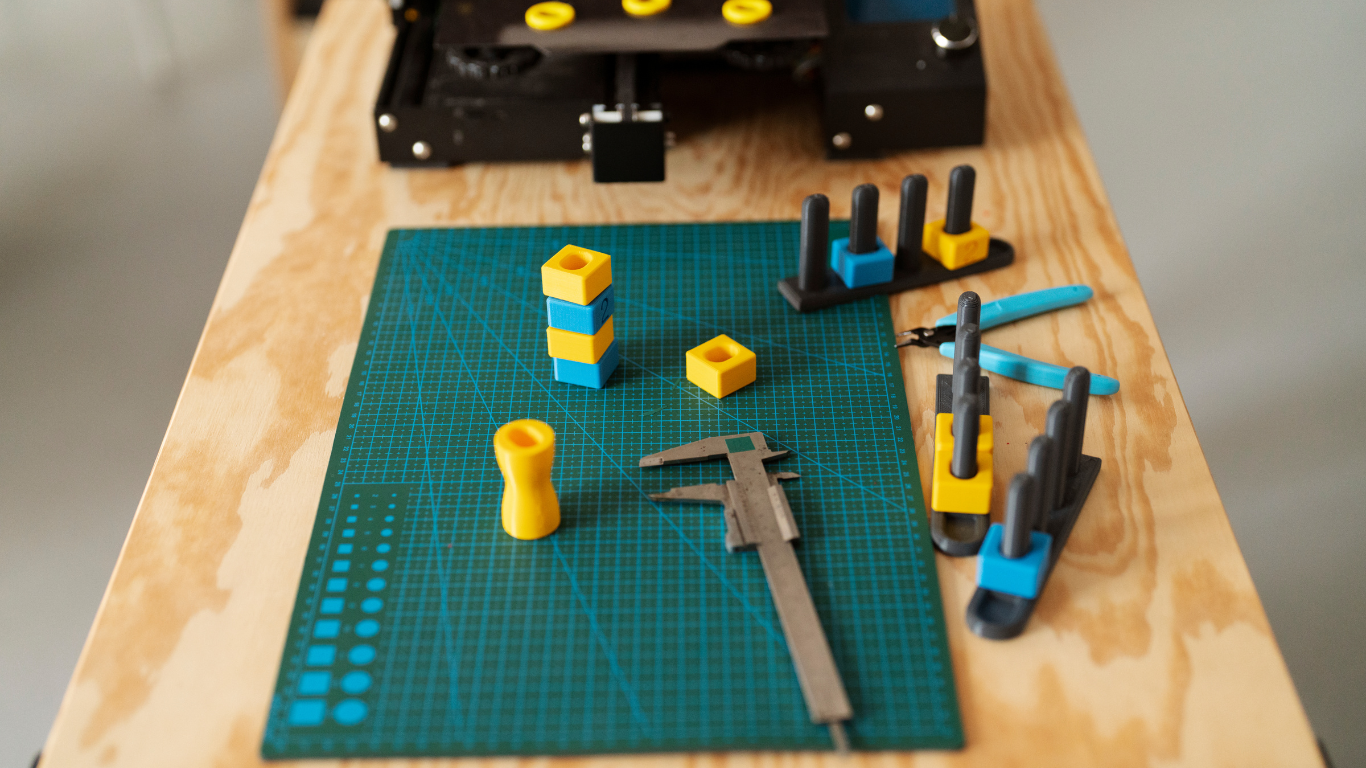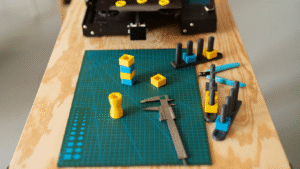When a vehicle starts to hesitate, shake, or vibrate during gear shifts or acceleration, drivers often recognize it as “shudder.” This uncomfortable and sometimes alarming sensation isn’t just a nuisance; it could be a symptom of something more serious happening within the transmission system.
While some cases might be fixed with a fluid change or minor repair, others might point to deeper internal wear. In such situations, the idea of installing a remanufactured transmission becomes a strong consideration. But the big question remains: can a remanufactured transmission truly fix shudder issues?
Understanding Transmission Shudder
A transmission shudder typically feels like the car is briefly shaking or slipping during gear changes. It’s not a constant problem but one that comes and goes, often more noticeable during acceleration or when driving uphill. For automatic transmissions, especially those with torque converters, this issue can signal problems with internal clutch packs, fluid breakdown, or worn components.
Although the symptoms might resemble those of other drivetrain issues, a true shudder often traces back to internal transmission wear. If not addressed early, it can lead to complete transmission failure.
Common Causes Behind Shuddering
There are several potential causes of transmission shudder, and identifying the exact one requires proper inspection. Some common culprits include:
- Worn or damaged torque converter: The torque converter helps transmit engine power to the transmission. If it’s malfunctioning, it can create vibrations under load.
- Contaminated or old transmission fluid: Over time, fluid can lose its frictional properties, leading to improper gear engagement and shuddering.
- Clutch pack issues: Inside the transmission, clutch packs engage to shift gears. Worn or glazed clutches may not engage smoothly, causing jerking or shaking.
- Electrical or sensor problems: In modern transmissions, solenoids and sensors control gear shifts. A failing component can disrupt normal operation and result in irregular performance.
Can a Remanufactured Transmission Address These Problems?
The short answer is yes, if the shudder is caused by internal damage or wear within the transmission, a remanufactured unit can often resolve it entirely. Remanufactured transmissions are different from simple rebuilds or used replacements. They undergo a complete disassembly and inspection process. Every component that shows wear or has failed is replaced with new or requalified parts. In many cases, updates are also included to address known manufacturer design flaws.
This level of restoration means that many of the issues responsible for transmission shudder are directly addressed. Worn clutch packs, failing torque converters, contaminated fluid passages, and outdated parts are all renewed or upgraded during remanufacturing.
When Replacement Becomes the Right Move
For many vehicle owners, it’s tempting to look for the least expensive fix first, changing the fluid, replacing a sensor, or performing a flush. While those steps can sometimes alleviate symptoms, they won’t solve more advanced internal damage. If a mechanic identifies a mechanical breakdown or a failing torque converter as the root cause, it’s likely that continuing to drive with the problem will only make it worse.
Installing a remanufactured transmission can provide a long-term solution. Unlike patchwork repairs, it restores the system to near-factory condition, often improving performance and reliability. For those experiencing persistent transmission shudder, particularly in vehicles using GM’s 6T70 or 6T75 transmissions, this option can be both effective and cost-efficient in the long run.
Important Considerations Before Choosing Remanufacturing
Not every transmission issue automatically requires replacement. Diagnosis is key. A reputable mechanic will check fluid condition, scan for diagnostic codes, and assess drivability before recommending any course of action.
If a remanufactured transmission is deemed necessary, make sure the unit comes from a trusted source. Look for suppliers who not only replace damaged parts but also test and upgrade key components. A solid warranty is also a good sign of quality work.
Final Thoughts
Transmission shudder is more than just an inconvenience; it’s often an early warning of deeper problems. While minor cases might be resolved through maintenance, recurring or severe shudders usually point to internal wear. In these cases, a remanufactured transmission can offer a comprehensive fix, restoring performance and preventing future breakdowns.
Being proactive not only protects your vehicle but also helps avoid more costly repairs down the road. If you’re dealing with consistent transmission vibration or hesitation, it may be time to explore remanufacturing as a serious solution.
Article received in the mail






























